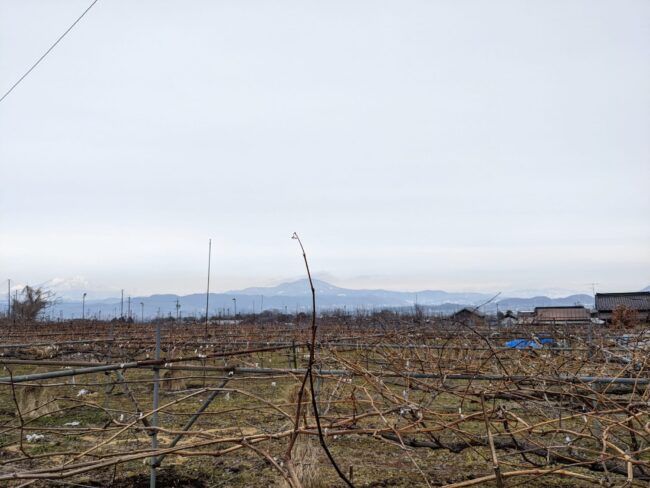Whether you’re a skier, snowboarder, or non-snow-person in Nozawa Onsen, taking a day trip to Obuse is well worth your time!
Home to the Hokusai-kan Museum, Kozan Takai Memorial Museum, Nihonnoakari Museum (Japanese Lantern Museum), groves of grape and apple trees and famed for the perfect acidic soil to grow delicious chestnuts, you will be overwhelmed with things to do.
Follow me along on my day trip to Obuse!
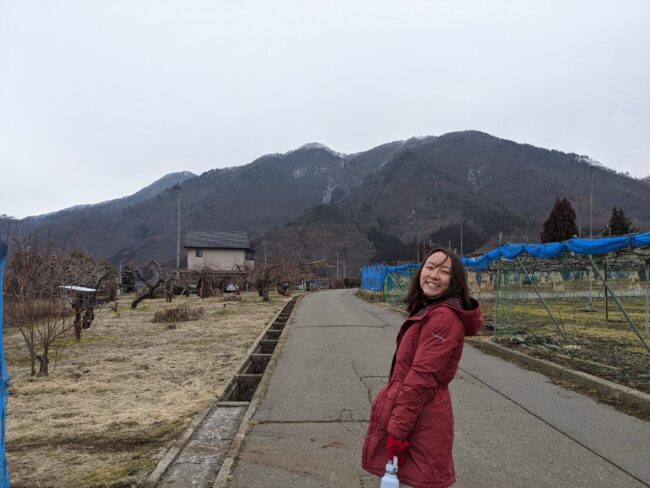
Getting to Obuse from Nozawa Onsen
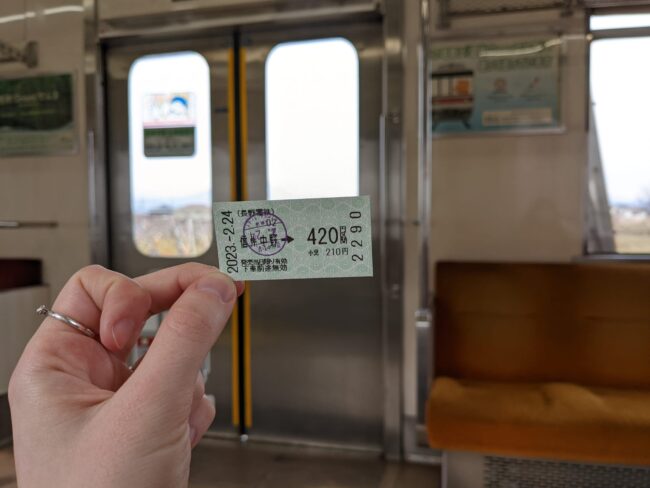
 Starting the day early, we caught the Nozawa Onsen Liner at 08:20 for just ¥600 each to Iiyama. A brief 25 minute ride later, we arrived at the newly constructed Iiyama Train Station. Instead of taking a local train or Shinkansen, we caught a connecting bus just in front of the station that took us to Shinshu-Nakano Train Station, the last stop of the bus. We were treated to a beautiful mountain view and sprawling fruit trees as we travelled around the mountains and closer and closer to the small town of Obuse.
Starting the day early, we caught the Nozawa Onsen Liner at 08:20 for just ¥600 each to Iiyama. A brief 25 minute ride later, we arrived at the newly constructed Iiyama Train Station. Instead of taking a local train or Shinkansen, we caught a connecting bus just in front of the station that took us to Shinshu-Nakano Train Station, the last stop of the bus. We were treated to a beautiful mountain view and sprawling fruit trees as we travelled around the mountains and closer and closer to the small town of Obuse.
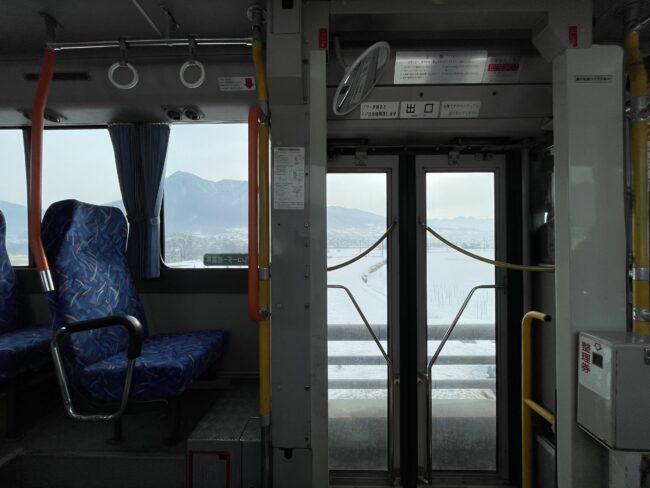
Once we got off the bus at Shinshu-Nakano Station, we bought a ticket for the local train from Shinshu-Nakano to Obuse. The gentle alpine slopes and small town scenery from the outdoor platform reminded me of a scene straight out of an animated film. The trip took just under 2 hours and felt like an adventure in and of itself!
Hokusai-kan Museum and Open Garden Project
We got off the local train at Obuse, crossed the railroad tracks, handed our tickets to the ticket-collector at the window and began our walk towards the Hokusai-kan Museum. We took a shortcut path, part of the Obuse village’s “Open Garden Home” project through two beautiful gardens with green plants just on the verge of blooming. The program boasts over 100 open gardens throughout Obuse. Tourists are welcome to enjoy the many resident’s gardens ripe with greenery of the forthcoming Spring.
Hokusai-kan in Obuse is one of two museums themed around Katsushika Hokusai and his art work. The other museum is located in Edo, or modern day Tokyo. Obuse was the peaceful village Hokusai spent the last years of his life painting what many believe to be his greatest works. Hokusai’s most recognizable piece is world-renowned and a beautiful addition to the history of Japan, the Great Wave off Kanagawa:
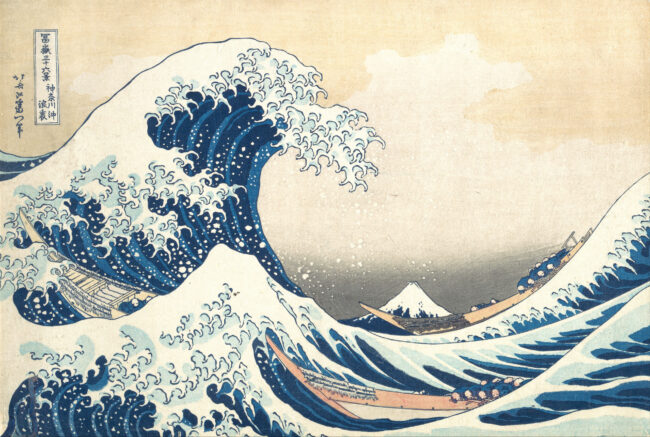
The admission was just ¥1000 each. We spent over an hour viewing the various art done by Hokusai, particularly enamored by the pieces he did surrounding the many myths and folklore around the Obuse and Niigata region during his time there. The illustrations of various demons, oni, and mythical creatures allowed a unique look into Hokusai’s mind.
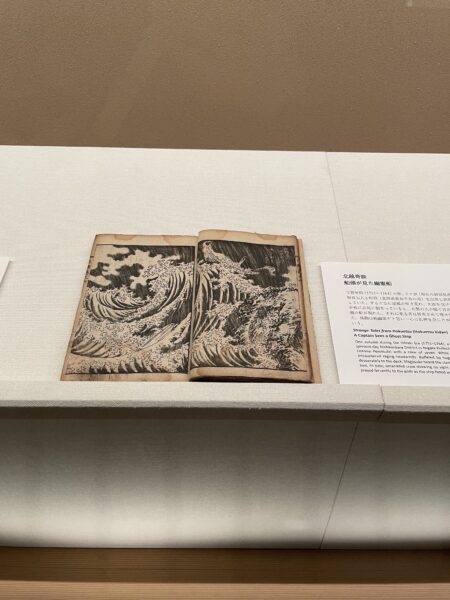
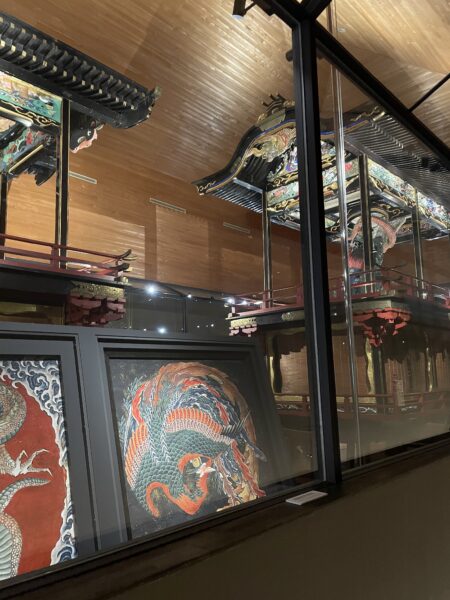
The above festival floats have been designated as official treasures of Nagano Prefecture. Hokusai spent half a year at the age of 85 preparing the phoenix and dragon paintings featured on the ceiling of the Higashimachi Festival Float. The float on the right, the Kanmachi Festival Float, feature two “angry wave” paintings on the ceiling, which took Hokusai about 3 years to complete.
After watching a documentary on how Hokusai’s artwork influenced even famous Western artists such as Monet, Manet, Renoir, and Van Gogh, we left the museum and began to head in the direction of Gansho-in temple, the temple where Hokusai painted a phoenix on the ceiling.
Special Tofu Lunch and Gansho-in Temple
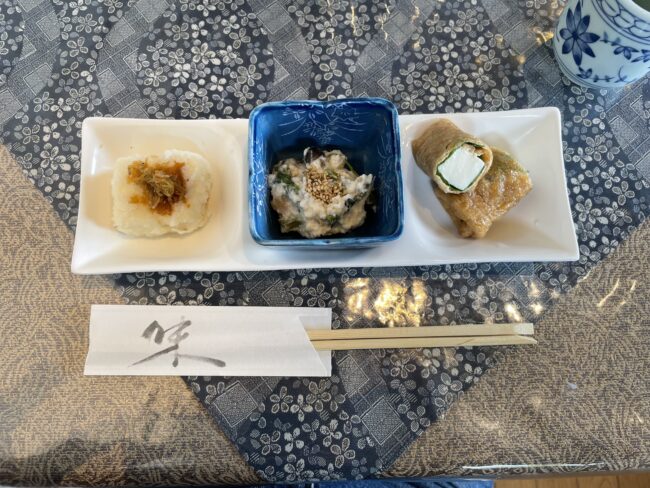
On the way, we stopped for lunch at a hole-in-the-wall Tofu restaurant, Sabo Mameya. On the outside, the restaurant seemed to be a traditional Japanese home. So much so that we were unsure we had found the right place. Upon entering, we were treated to classical music and a beautiful interior. We ordered a set course featuring tofu. It was delicious – who knew tofu could be eaten in so many different ways? The variety was absolutely phenomenal; the restaurant served a 5 course meal complimenting different forms of tofu from tofu karaage to tofu ice cream.
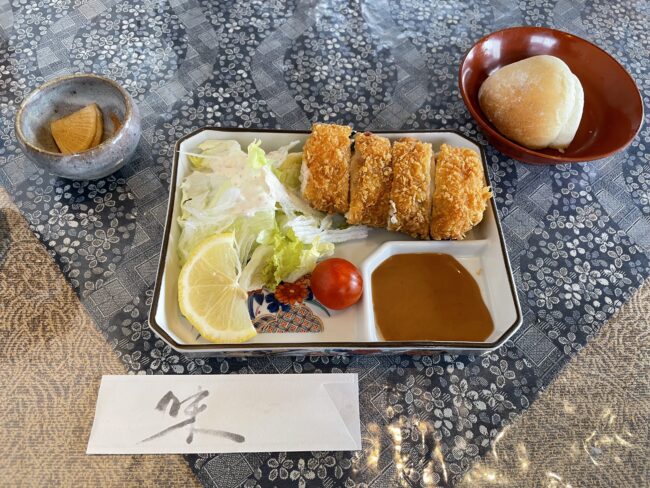
My personal favorite was one of the appetizers, a piece of tofu wrapped in sweet and savory abura-age and shiso leaves with umebishio to accentuate the various flavors. After finishing up the surprisingly affordable meal, we started heading in the direction of the Gansho-in temple. The brisk spring air was a refreshing change and left us energized to continue our sight-seeing trip. We were in for a surprise – along the road to the temple, we ran straight into some wild Japanese Macaques, or snow monkeys, lounging in the forest to our right.
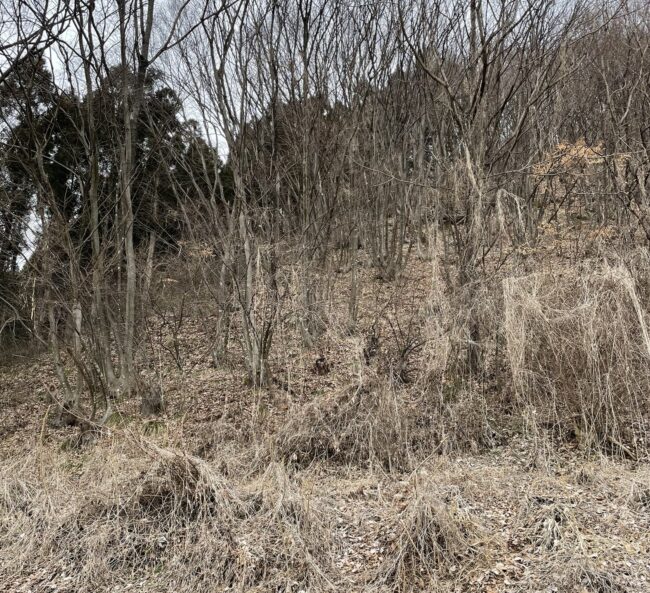
After taking some photos, we continued onwards, arriving at Gansho-in temple. For 500 yen we were given a thorough tour of the temple and shown around by a very kind Japanese woman who used a device to translate the information shared into English. A beautiful wooden building, the temple was magnificently constructed and the ceiling painting was differently colored depending on the angle of viewing. It was a beautiful ceiling.
Chestnuts and Beetle Statues
Obuse is famed for the large size and flavors of the chestnuts grown there. While the harvest season is in June, the region has different chestnut delicacies available year-round. We stopped in a cafe and treated ourselves to a chestnut delicacy. Creamy and packed with chestnut flavor, there was a solid chestnut in the center of the dessert, a nice contrast to the creamy exterior.
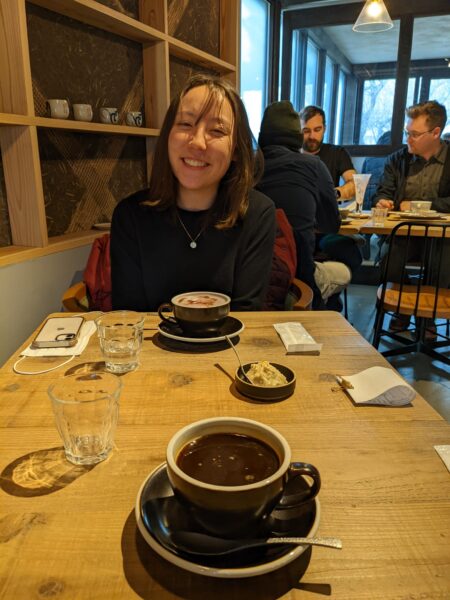
After tea time, we purchased some chestnut omiyage (souvenir) for friends back in Nozawa Onsen after perusing the many souvenir stops along the main road and headed to visit the very large Kabutomushi (Japanese Rhinoceros Beetle) statue outside the Kozan Takai Memorial Museum. According to the Tour Nagano website,
Takai Kozan was one of the wealthiest farmer-merchants of Obuse. Highly cultured and intelligent, he studied Confucianism, Sinology and Western sciences. His house was frequented by all sorts of intellectuals like Katsushika Hokusai, Sakuma Shozan, and many more. When visiting the Memorial Museum, you get to see the interior of an Edo Period-style house, decorated with works of art made by the owner.
While we didn’t have time to see the inside of the museum, we had a great photo op with the beetle outside:
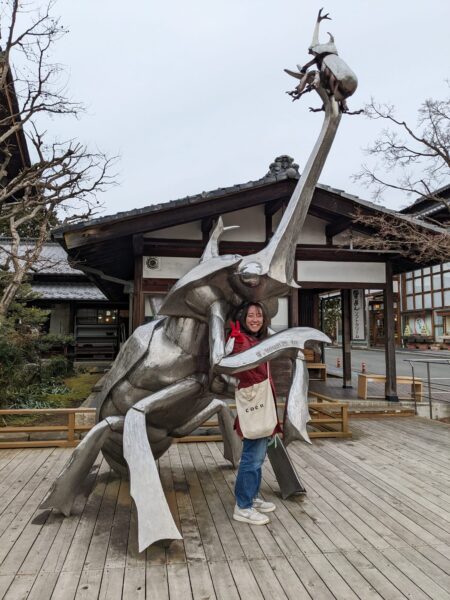
Conclusions
And so, after a long day of tourism activities, 22,312 steps and a picture with a beetle in tow, we began the trip back to Nozawa Onsen. After a quick local train ride to Nagano station, we boarded the 11 minute Shinkansen to Iiyama and relaxed on the last leg of the trip on the Nozawa Onsen Liner from Iiyama to Nozawa.
It truly felt like we had lived 3 days in one with the amount of things we saw and did! But I couldn’t help but feel we only touched the tip of the Obuse iceberg; there were so many places and experiences we didn’t have time to explore as thoroughly as we would have liked. However, if you’re looking for a fun day trip outside of Nozawa where you can get a change of scenery and perhaps a bit of chestnut dessert, Obuse is the place for you! A tourist town with a small time vibe, the nature is absolutely gorgeous and things to do abundant. You will certainly have a hard time running out of new experiences.
